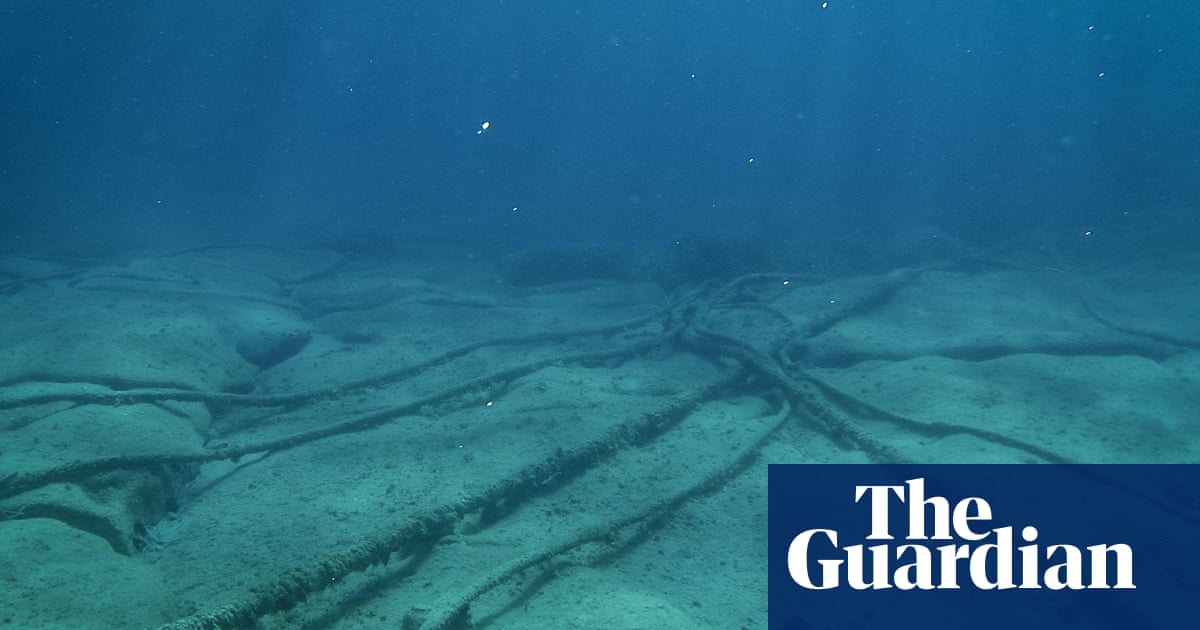Travel
Painted Lady Butterflies Travel 2,600 Miles Across the Atlantic

Painted lady butterflies, scientifically known as Vanessa cardui, are known for their impressive migratory feats. These insects are found on every continent except Australia and Antarctica. A recent study published in June by Nature Communications has unveiled astonishing details about their migration patterns, revealing that these butterflies travel thousands of miles across oceans.
According to the study, painted ladies undertake a remarkable journey of at least 2,610 miles (4,200 kilometers) across the Atlantic, traveling from West Africa to French Guiana in South America. In some cases, they may cover distances up to 4,345 miles (7,000 kilometers) from their point of emergence. This incredible journey is one of the longest documented for individual insects and is likely the first verified transatlantic crossing for butterflies.
The study highlights that such extensive travel is only possible with the assistance of favorable winds. Without these wind patterns, the butterflies would not have the energy reserves necessary for such a long flight. Researchers reconstructed hourly backward wind trajectories from the beach in French Guiana, where some of the butterflies were found, to confirm that they originated from West Africa.
Insects, including painted ladies, are often spotted far from their native habitats, sometimes in the middle of oceans or on remote islands. Despite numerous sightings, tracking the long-distance movements of small and short-lived insects like butterflies has always been challenging due to a lack of reliable methods.
The study notes that in October 2013, three painted lady butterflies were found on a beach in French Guiana with damaged wings, indicating they had just completed a vigorous transoceanic flight. These findings suggest that the butterflies observed did not originate from South America but from continents such as North America, Europe, or Africa.
Painted ladies do not follow a strict seasonal migration pattern, unlike other migratory butterflies. Some theories propose that their movements are influenced by environmental factors such as heavy rains or El Niño, which can impact the abundance of their larval host plants. In North America, these butterflies typically migrate northwest in the spring and may return southward in the autumn. They are also known to migrate to Canada and Mexico, with their journey spanning multiple generations.
Painted lady butterflies are attracted to over 100 flowers, with a particular preference for those in the Asteraceae family, such as thistles. They are also drawn to Mallows from the Malvaceae family and legume plants like alfalfa and clover. The caterpillars share similar tastes, feasting primarily on thistles but also consuming various other plants.
For those looking to create a butterfly-friendly garden, it is essential to avoid using herbicides and insecticides, which can harm both the caterpillars and adult butterflies.

Animals Are My Favorite People by Tiny Rescue: Animal Collection
Related Content:
Easy Ways to Help the Planet:
- Eat Less Meat: Download Food Monster, the largest plant-based Recipe app on the App Store, to help reduce your environmental footprint, save animals and get healthy. You can also buy a hard or soft copy of our favorite vegan cookbooks.
- Adopt-a-Pet: Visit WildWatchers, a watchdog platform specifically designed for animal, earth, and wildlife warriors to actively give back, rescue, and protect animals and the planet.
- Reduce Your Fast Fashion Footprint: Take initiative by standing up against fast fashion Pollution and supporting sustainable and circular brands like Tiny Rescue that raise awareness around important issues through recycled zero-waste clothing designed to be returned and remade over and over again.
- Support Independent Media: Being publicly funded gives us a greater chance to continue providing you with high-quality content. Please consider supporting us by donating!
- Sign a Petition: Your voice matters! Help turn petitions into victories by signing the latest list of must-sign petitions to help people, animals, and the planet.
- Stay Informed: Keep up with the latest news and important stories involving animals, the environment, sustainable living, food, health, and human interest topics by subscribing to our newsletter!
- Do What You Can: Reduce waste, plant trees, eat local, travel responsibly, reuse stuff, say no to single-use plastics, recycle, vote smart, switch to cold water laundry, divest from fossil fuels, save water, shop wisely, Donate if you can, grow your food, volunteer, conserve energy, compost, and don’t forget about the microplastics and microbeads lurking in common household and personal care products!










